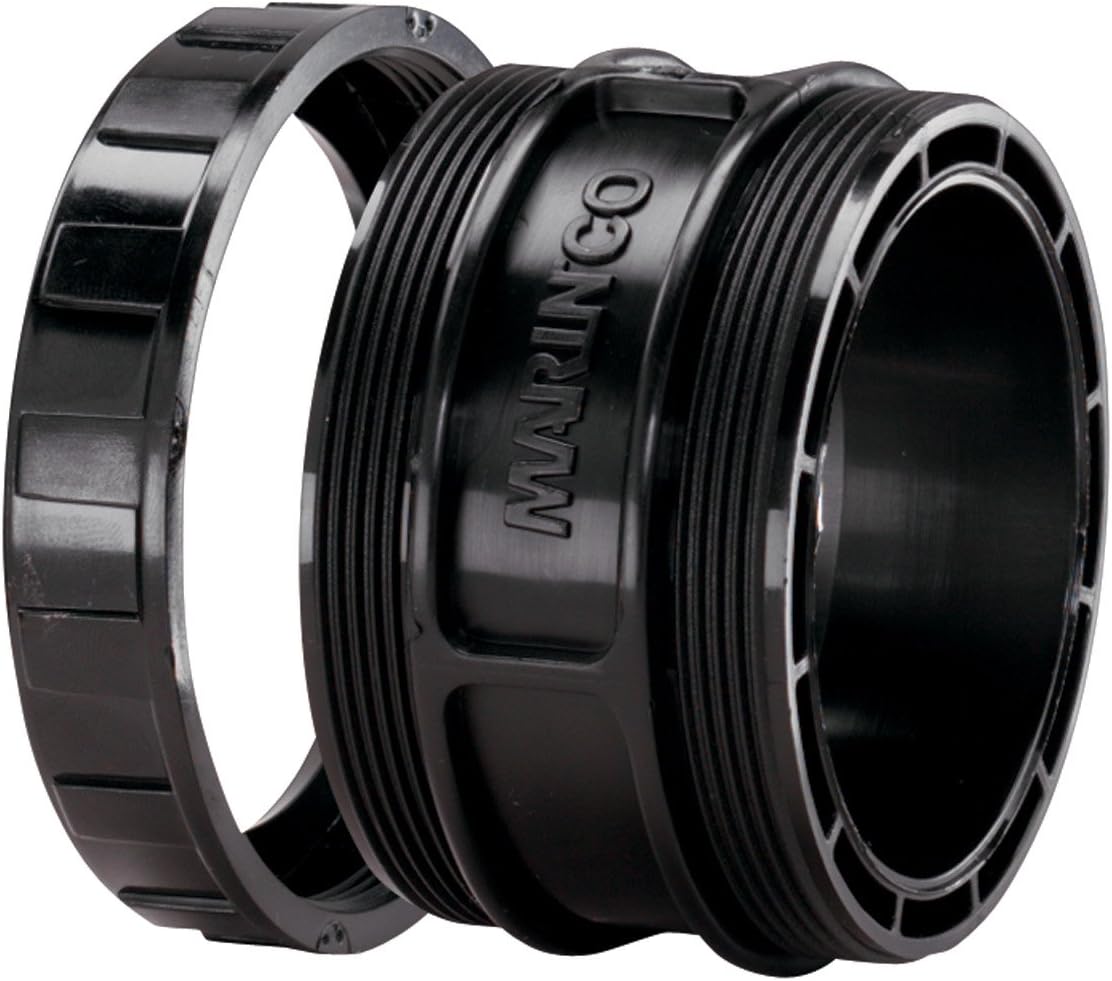PJHoffnet
Senior Member
- Joined
- Aug 20, 2018
- Messages
- 192
- Location
- USA
- Vessel Name
- Changes in L'Attitudes
- Vessel Make
- 1999 Maxum 4100 SCA (not a trawler)
OK, first off - I'm going to say that I think I SHOULDN'T do this ... but I wanted a second opinion to see if my reasonable concerns might be too cautious. Can I use two 50ft shore power cables - connected together - as one long cable? My concerns are on the added resistance the longer cable length would cause.
41ft Maxum, 120V/50Amp. Shore power connection stern, stbd side in a tub on the swim deck.
I've always backed into slips, wte of one time I was just doing a short stop and went bow in, and a couple of side tie ups. With a 50ft shore power cable, I've never had a problem reaching the power pedestal.
Thinking ahead to some future trips, I've often wondered what I'd do if I did go bow in (or the pedestal was not at the base of the slip) and my shore power cable wouldn't reach the pedestal. One thought that came to mind was to connect two 50ft cables together (I have an older - in good shape - spare I keep on board) to make a 100ft cable.
So, let's let smarter minds prevail - tell me: Am a showing good concern, or am I a chicken?
41ft Maxum, 120V/50Amp. Shore power connection stern, stbd side in a tub on the swim deck.
I've always backed into slips, wte of one time I was just doing a short stop and went bow in, and a couple of side tie ups. With a 50ft shore power cable, I've never had a problem reaching the power pedestal.
Thinking ahead to some future trips, I've often wondered what I'd do if I did go bow in (or the pedestal was not at the base of the slip) and my shore power cable wouldn't reach the pedestal. One thought that came to mind was to connect two 50ft cables together (I have an older - in good shape - spare I keep on board) to make a 100ft cable.
So, let's let smarter minds prevail - tell me: Am a showing good concern, or am I a chicken?

